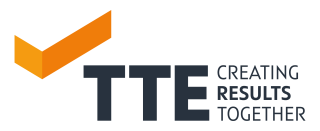Hey guys, in some profitability cases where the revenue is increasing but the profits are decreasing, I find it challenging to structure the framework using the buckets method (e.g. company, customers, competition, etc.) because a lot of these usual buckets are not relevant (e.g. competition is not relevant here because revenue is already high in our company), so how would you approach such cases? or do you go for the profit = revenue - Costs and drill down in each part as the framework instead of the “buckets” method?
sorry if I'm not explaining it thoroughly, hope its clear

















